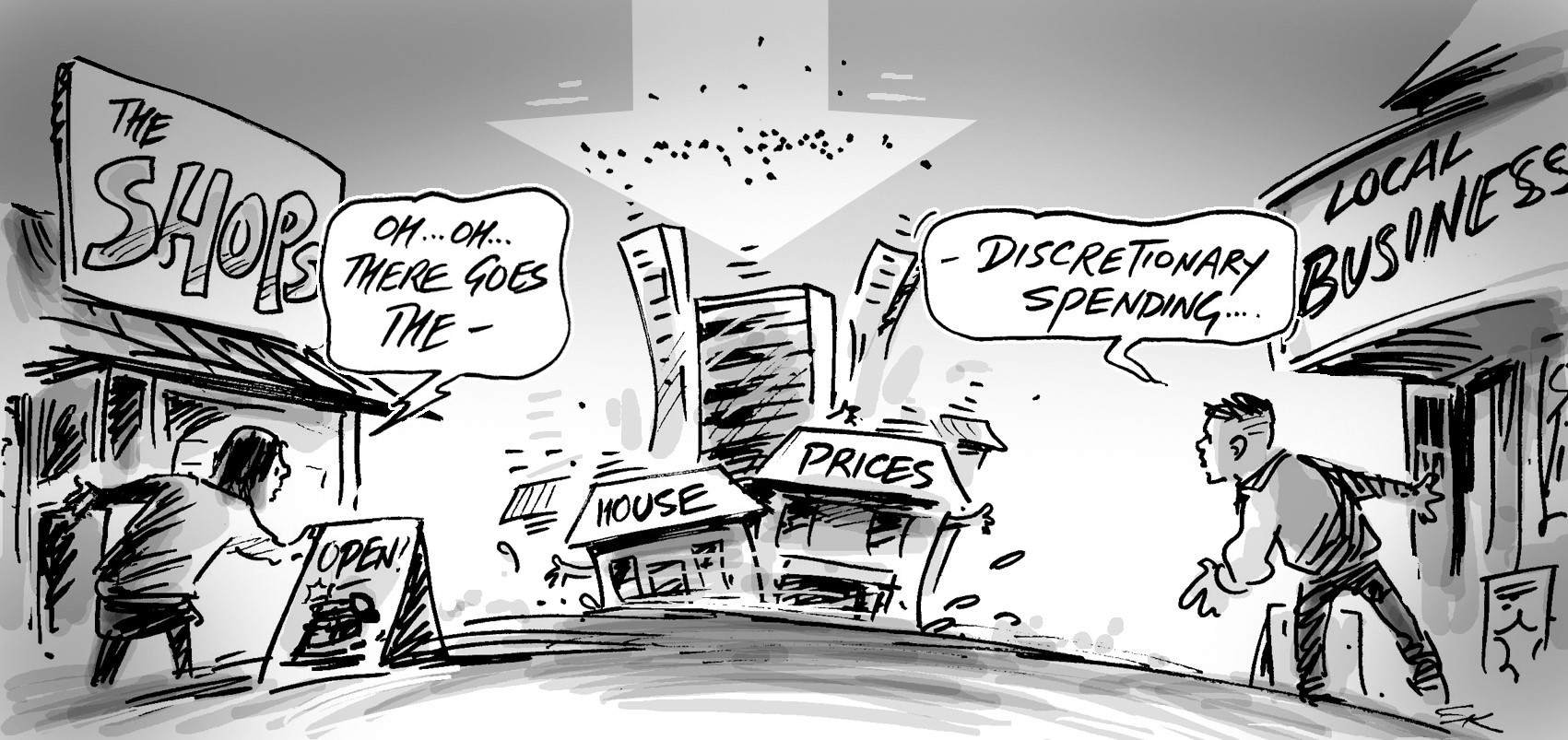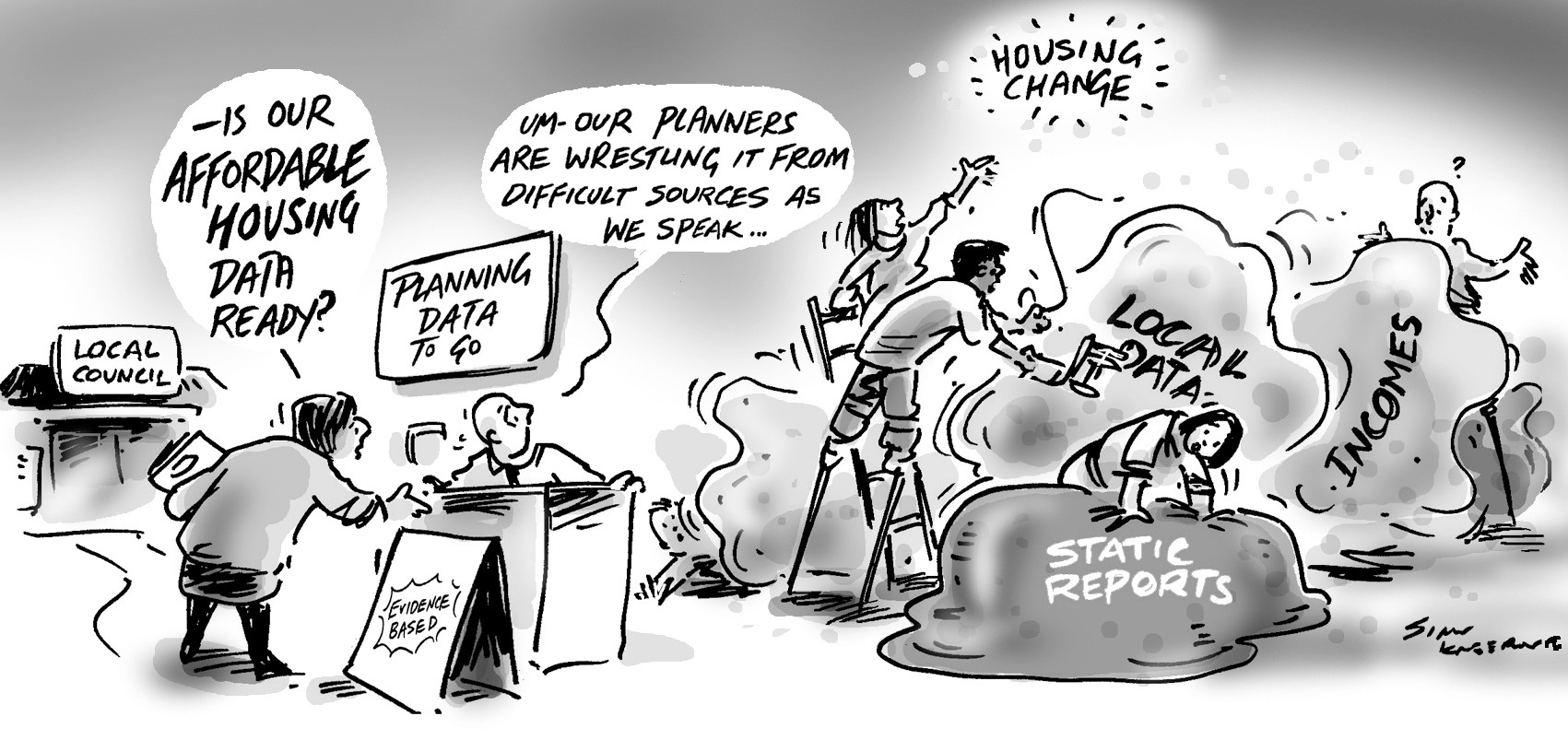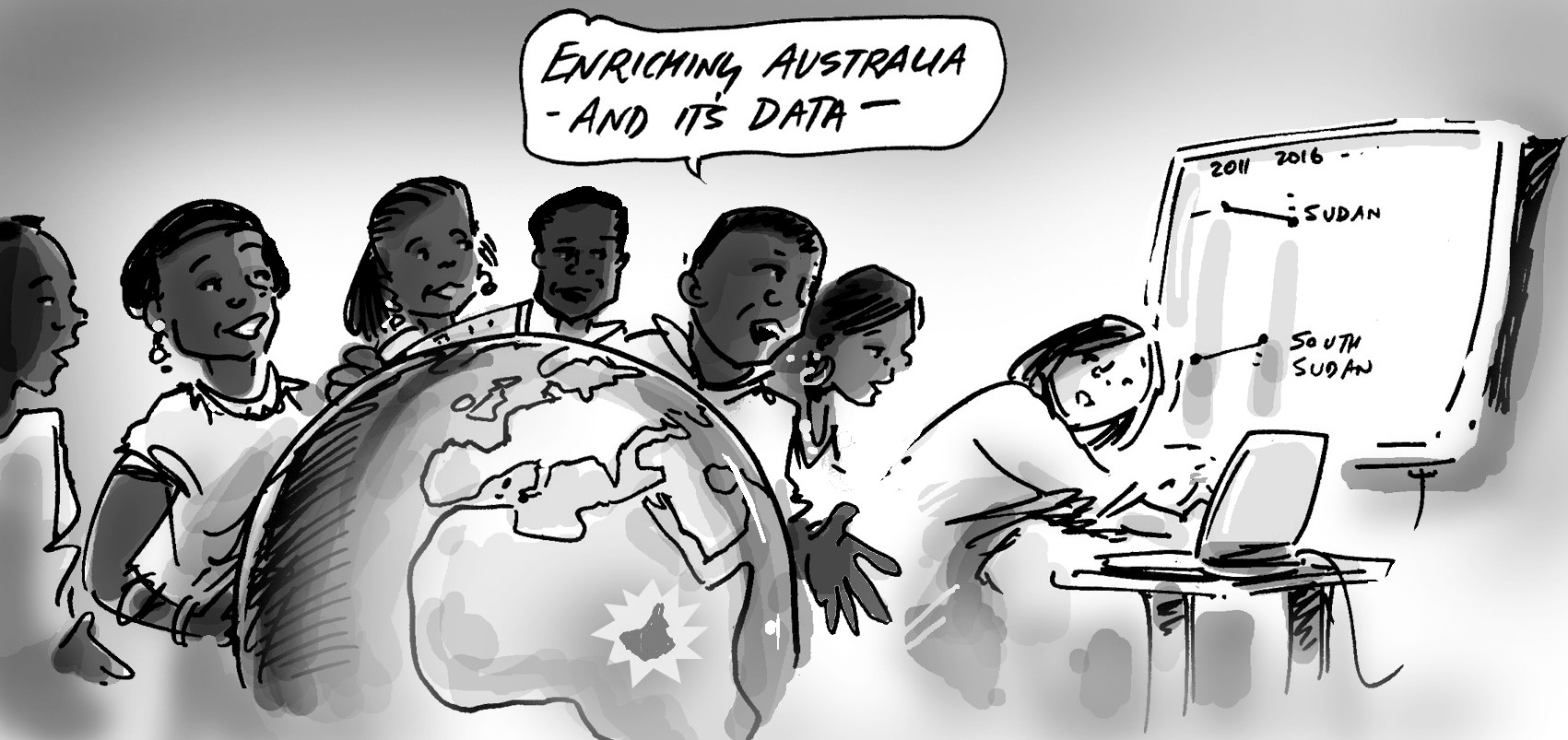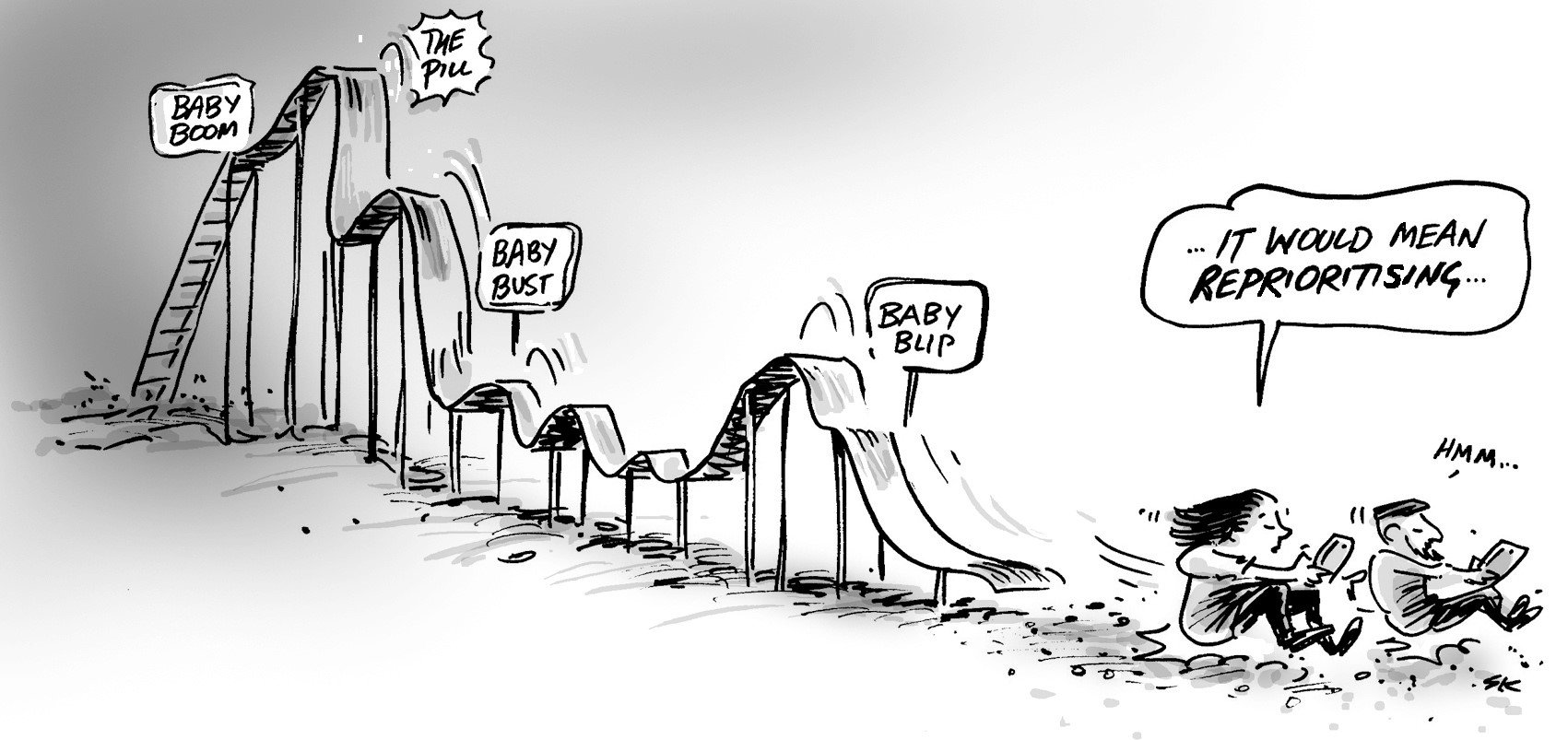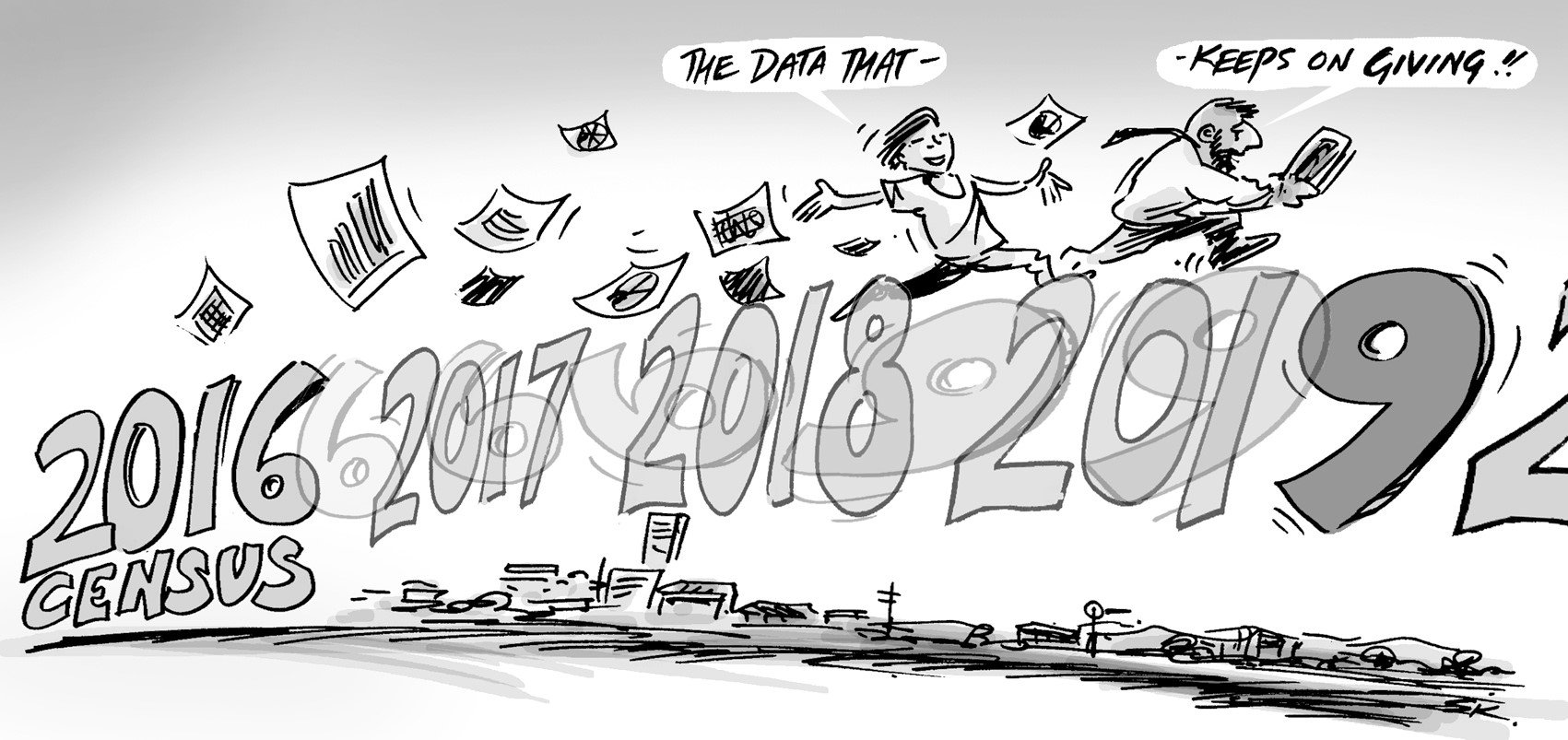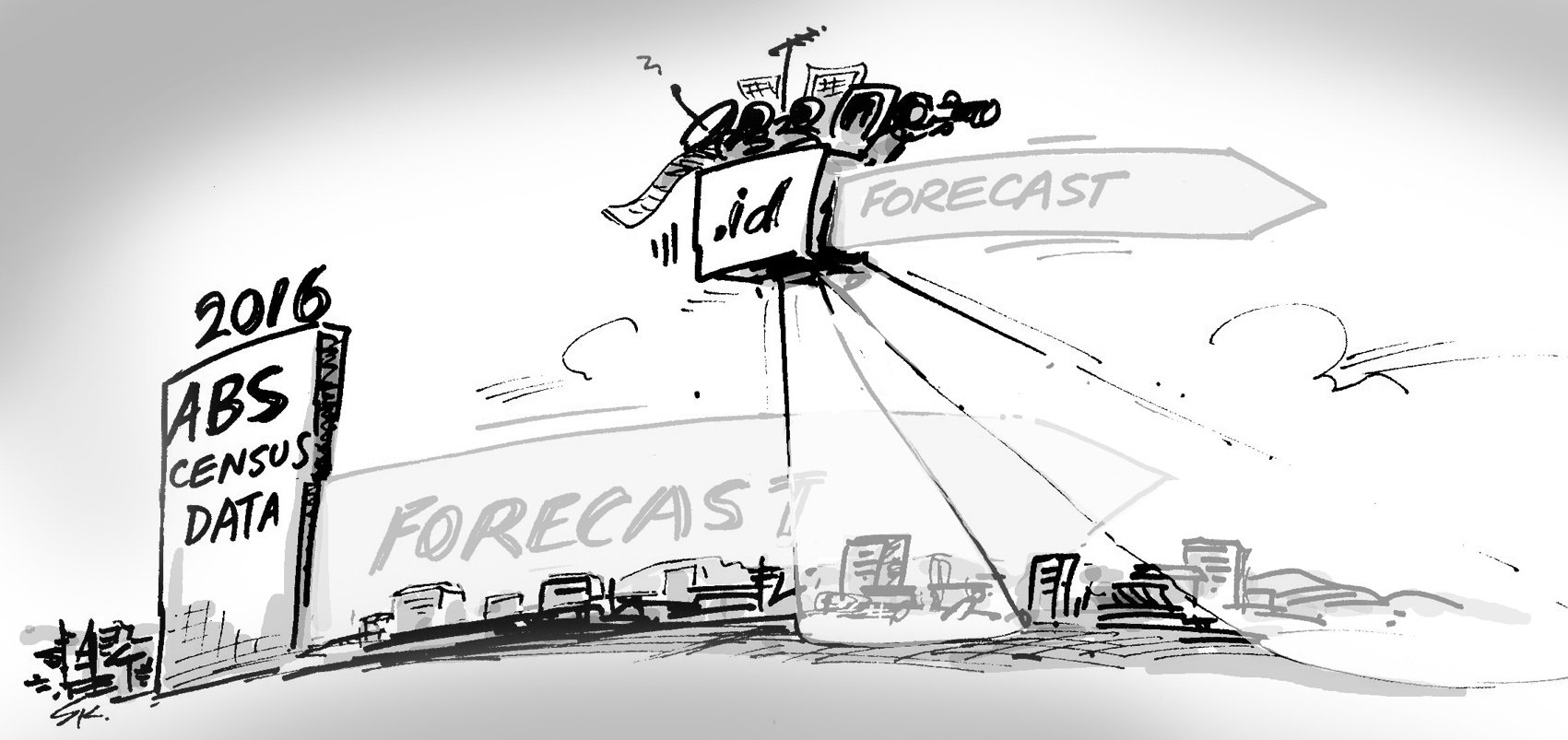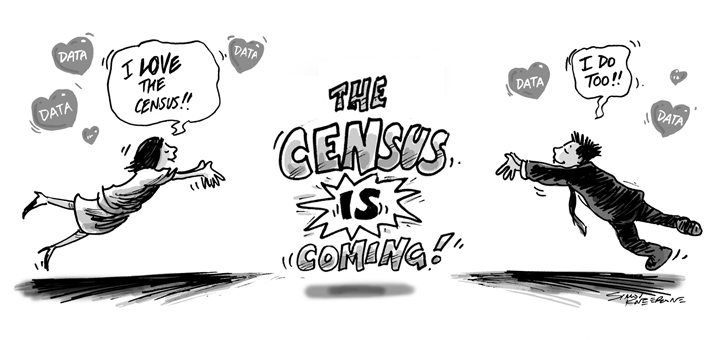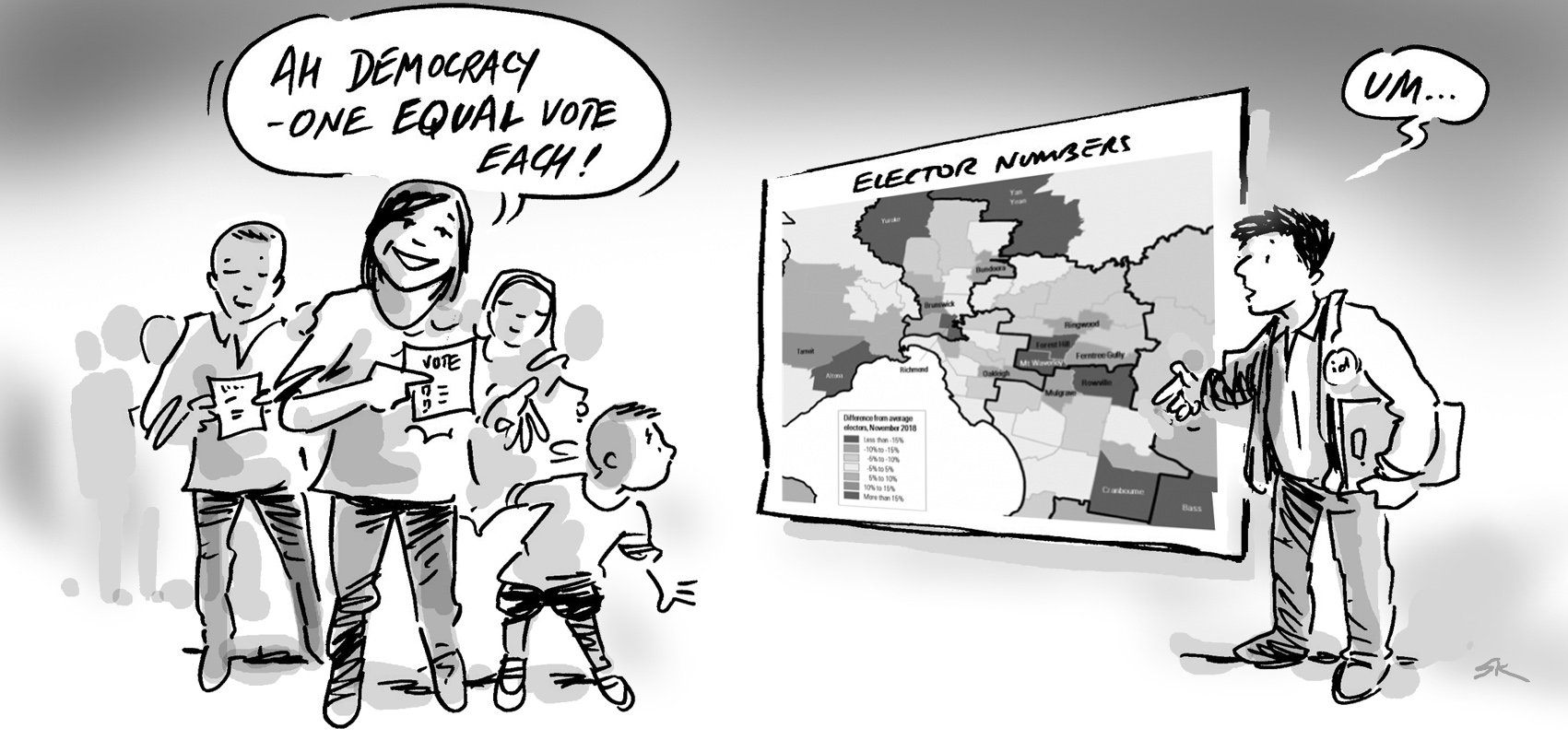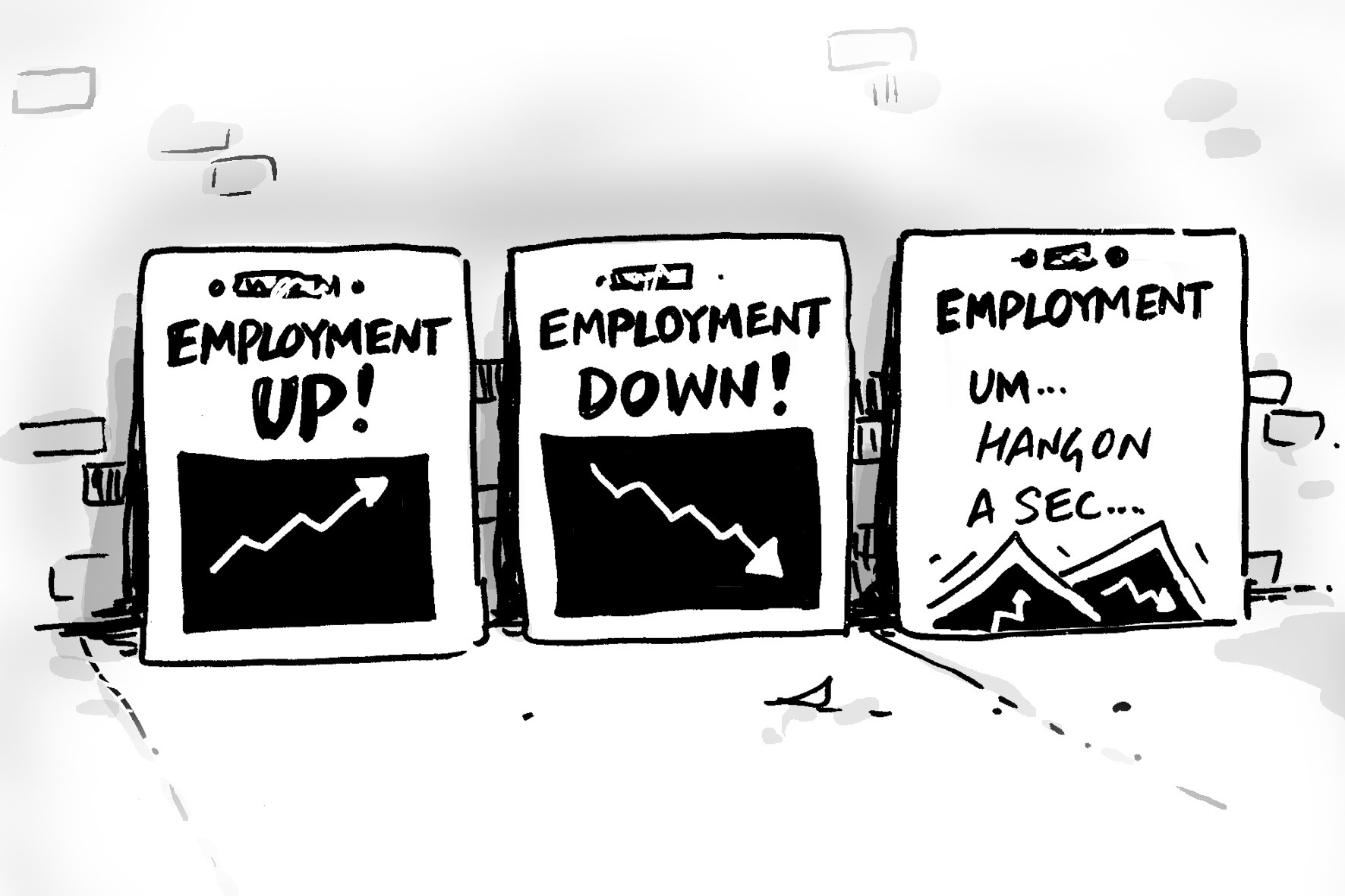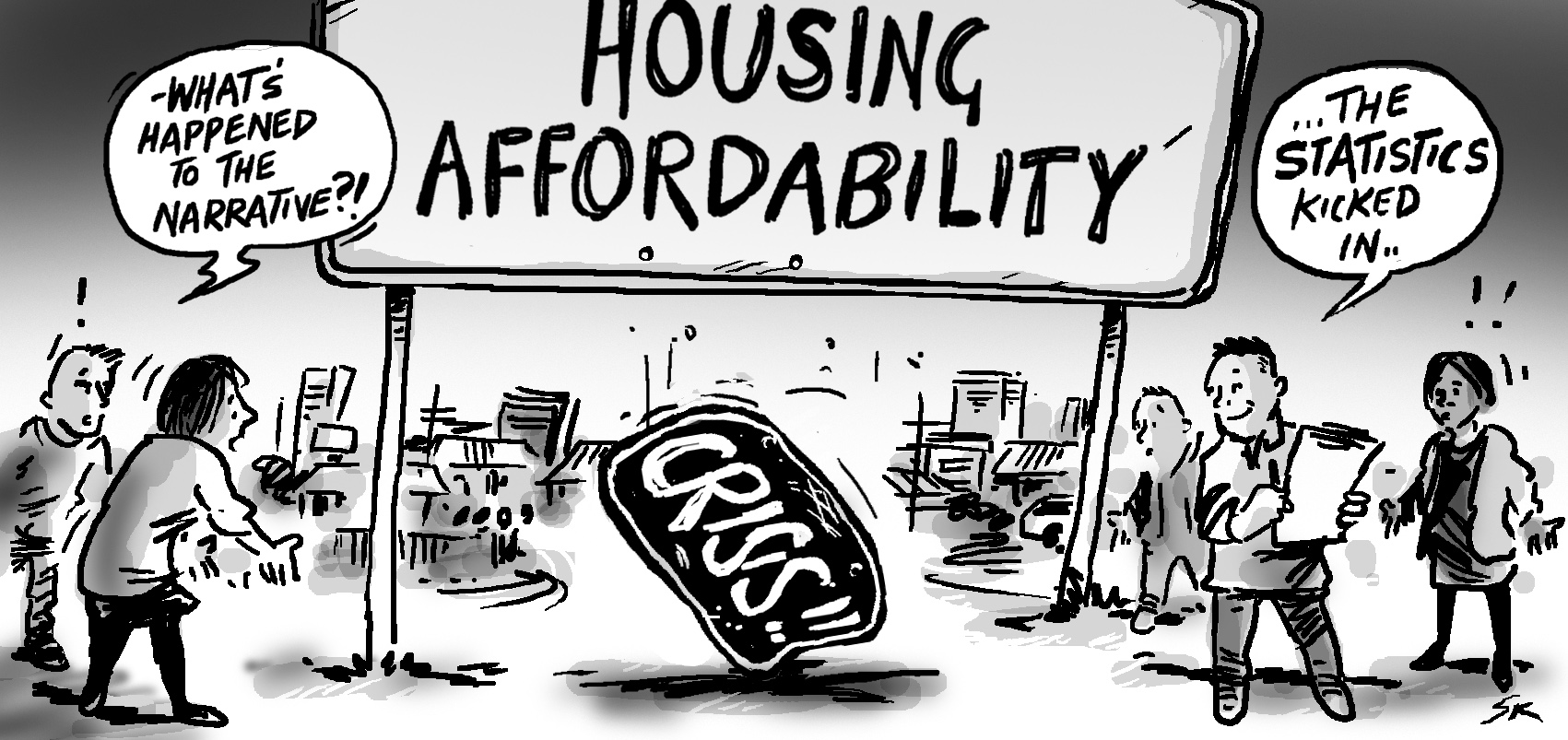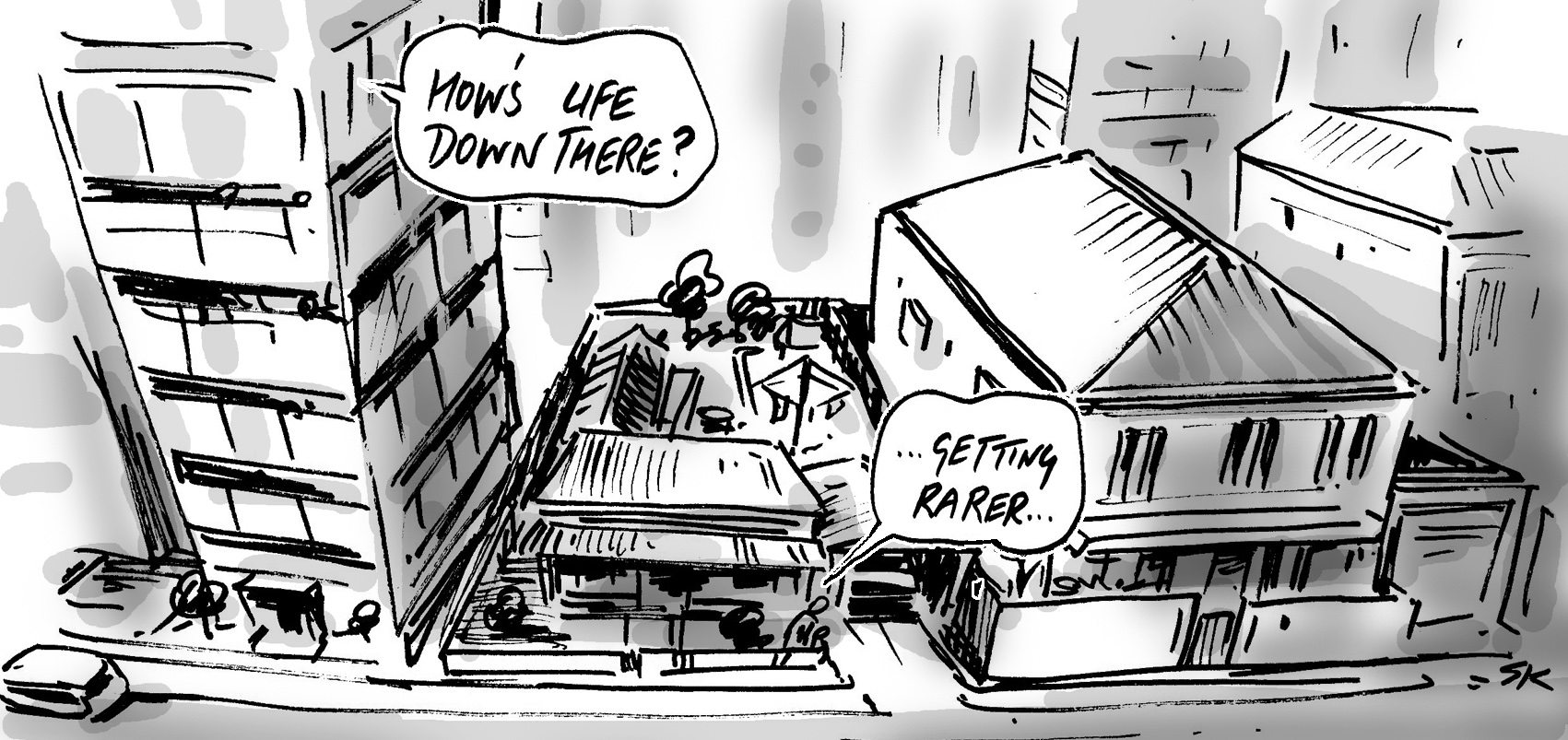The impact of falling house prices on local economies
The recent dip in house prices has implications for local economic development, particularly in our largest cities, says .id’s Senior Urban Economist, Rob Hall.
The tricky thing about planning for affordable housing
After speaking with a number of council planning teams, we confirmed our suspicions: preparing an evidence base for their housing strategy is harder than it should be. A small team at .id have launched a new...
Whangarei District- riding the Auckland wave?
Whangarei District Council recently joined the .id stable with the launch of their Community Profile and Social Atlas tools. Penny looks at what’s behind the rapid population growth in this idyllic corner of...
A demographic profile of the South Sudanese population
We received a question this week about how we display country-of-birth data for people from newly formed nations, such as South Sudan, and those that no longer exist, such as the former Yugoslavia. Glenn...
A note from The Netherlands
On a recent trip to The Netherlands, I spent a day with Saskia Ruijsink, who is an Urban Strategies and Planning Expert, at the Institute for Housing and Urban Development Studies (IHS) located in the Erasmus...
Australia's population growth slows (a little)
Glenn’s analysis of the latest population figures reveals interesting trends for the nation, as well as for Victoria, Tasmania, the NT and ACT, Queensland, Western Australia and South Australia. Ok..everywhere...
The millennial “baby blip” is now over
Whenever we’re talking about the big-picture demographic story in Australia, the graph below showing a millennial ‘baby blip’ will usually make an appearance. Now, Glenn writes, we can say the baby blip is...
It’s 2019! Is Census data outdated?
About this time each Census cycle we sometimes get the question ‘Isn’t the data from the last Census a bit outdated?’. In this piece, we discuss why – in Census terms – 2016 isn’t long ago (and why that’s...
Australia to hit 30 million by 2029…or maybe 2033
Glenn unpacks the most recent population projections from the ABS, explaining how projections are different to forecasts, and why there is a role for both in planning.
ABS to remove ‘number of cars’ from 2021 Census (and other topic changes)
The ABS will be removing the ‘number of motor vehicles’ topic from the 2021 Census, along with a number of other changes that will be significant to people in the local government sector, including some...
How population forecasting influences democracy in Australia
With the Victorian State election happening this weekend, our lead forecaster explains why good local population forecasts are critical to ensuring the voices of each person in the electorate are fairly...
How to avoid an overcount of 8,708 jobs
Most Local Government Areas show an increase in jobs simply because the ‘not stated’ employment locations have now been allocated to a place. Many of our users of economy.id are looking at how the number of...
Are you basing economic development decisions on false news?
More than two years after the ABS made a significant change to the way they collect and calculate employment data, we’re still hearing confusion about this dataset from the sector. In the case of one council,...
Peter Mares on why falling house prices are a good thing
Peter Mares is a highly regarded journalist and broadcaster who has worked with .id previously when we have prepared housing studies for the Victorian Cities of Moreland and Moonee Valley. In this piece, Peter...
Measuring disengagement in your community
In this blog, Glenn introduces our new Disengagement dataset, now available in all community profiles, to show which age-groups in your community are not currently ‘earning or learning’.
How same-sex couples are captured in the Census
The 2017 Marriage Law Postal Survey paved the way for the historic law allowing same-sex couples to marry in Australia.
Intelligent smaller communities adapting to the digital economy
Picture a small New Zealand council (population 40,000), blessed with magnificent natural beauty and history, but challenged with government centralist policies, a stuttering economy and an ageing population.
Do old people drive old cars?
Correlation between data sets doesn’t always mean there is a common underlying cause.
Is your school feeling the pressure?
Sally explains how a 2008 ‘fertility peak’ in Australia is impacting our secondary schools a decade later and shares a free resource to help schools estimate the impact of future demographic change on their...
How to build an evidence base for your housing strategy
Are you building an evidence base for housing strategy? (NSW councils, we’re looking at you!) Georgia works in our housing consulting team and has helped prepare the evidence base for a number of councils’...
Communities of Interest: The Census superpower
Of all the valuable data we get from the Census, this little trick is our best-kept secret.

